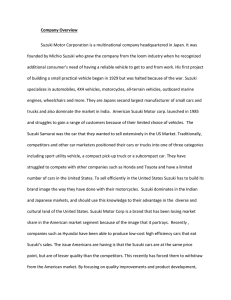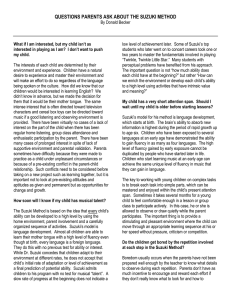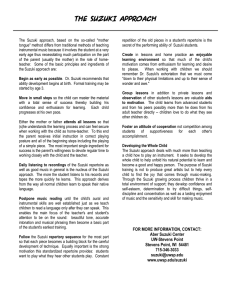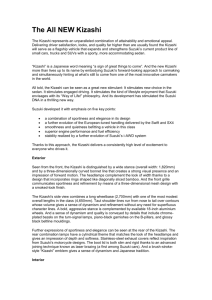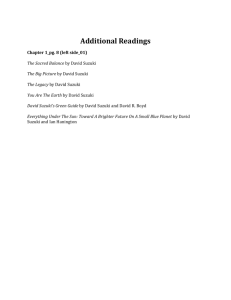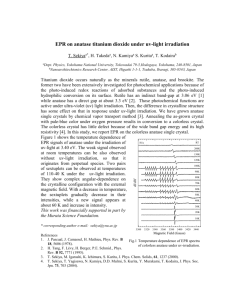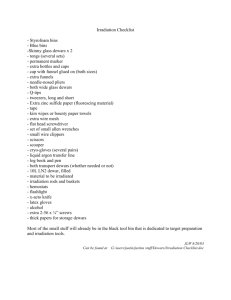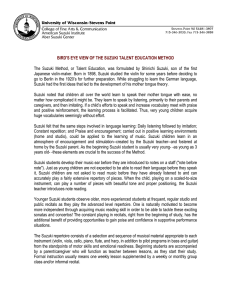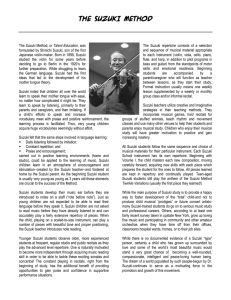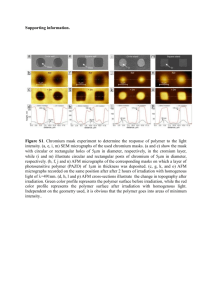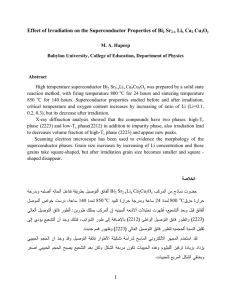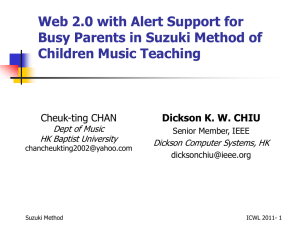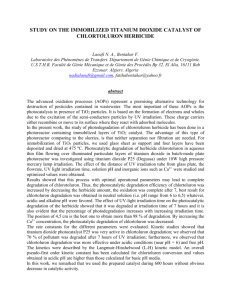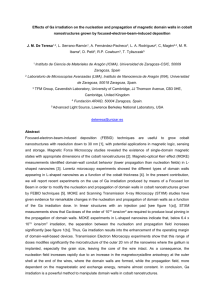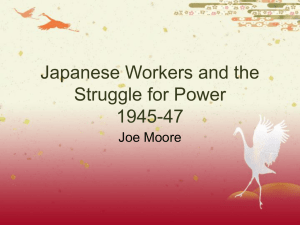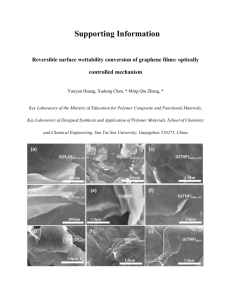J. Kansy
advertisement
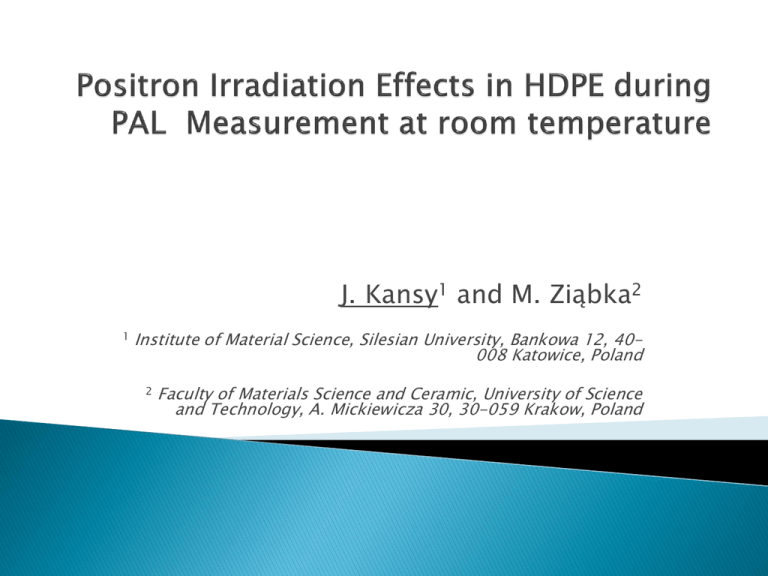
J. Kansy1 and M. Ziąbka2 1 Institute of Material Science, Silesian University, Bankowa 12, 40008 Katowice, Poland 2 Faculty of Materials Science and Ceramic, University of Science and Technology, A. Mickiewicza 30, 30-059 Krakow, Poland Positrons emitted from 22Na induce irradiation damage in polymer - intensity of the longestlived component I3 decreases gradually with the measurement time. Small dose of irradiation deposing (~ 1kGy e+ and 102 Gy )– large effect on I3 = I3 (t) (t ~ 10 h) 3 not effected by positron source irradiation M. Welander and F.H.J. Maurer. Matter. Sci. Forum. 105/110, 1811 (1992) T. Suzuki at al. Radiat. Phys. Chem. 45, 657 (1995) Z.L. Peng at al. phys.stat.sol. (a) 155, 299 (1996) T. Suzuki at al. Radiat. Phys. Chem. 45, 657 (1995) Z.L. Peng at al. phys.stat.sol. (a) 155, 299 (1996) Time dependence of the o-Ps intensity I3 in HDPE (crystallinity 57%). Data collected at 300 K. The measurement was discontinued (sample separated from positron source) at point a) for 10 days, at point b) – for 2 days, and at point c) – for 17 days – process partially recoverable J Kansy and T Suzuki, Radiation Physics and Chemistry 76 (2007) 759–765 Delayed Formation of Ps (DFP) J Kansy and T Suzuki, Radiation Physics and Chemistry 76 (2007) 759–765 J Kansy and T Suzuki, ACTA PHYSICA POLONICA A 110 (2006) , 593 e+ te+ ortho p 400 ps 956 ps 2.43 ns 0.511 e+ trapping rate into free volume () The DFP model well described the HDPE lifetime spectra collected at room temperature The positronium formation seems to be connected with positron trapping in free volume at vicinity of a negative charge The decrease in efficiency of Ps formation with the time of measurement (=time of sample irradiation) is due to scavenging of quasi-free electrons by free radicals induced by the source irradiation Address of Website with programs LT9, LT10, LT Polymer and others: www.prac.us.edu.pl/~kansy
